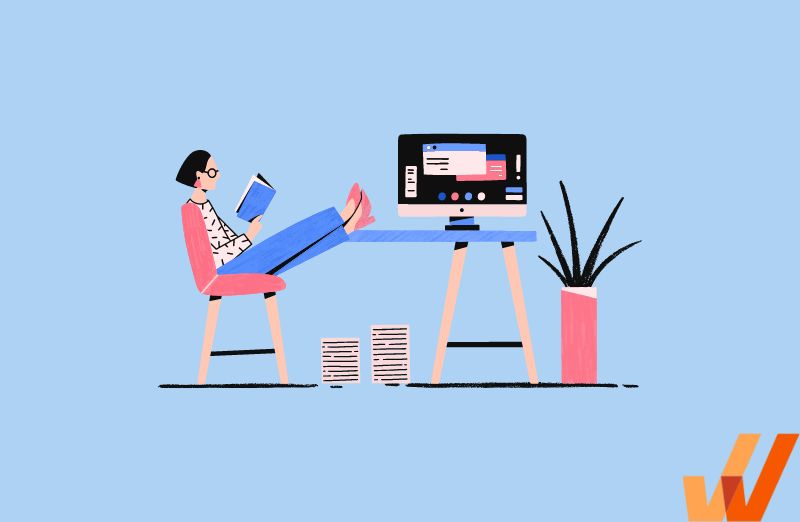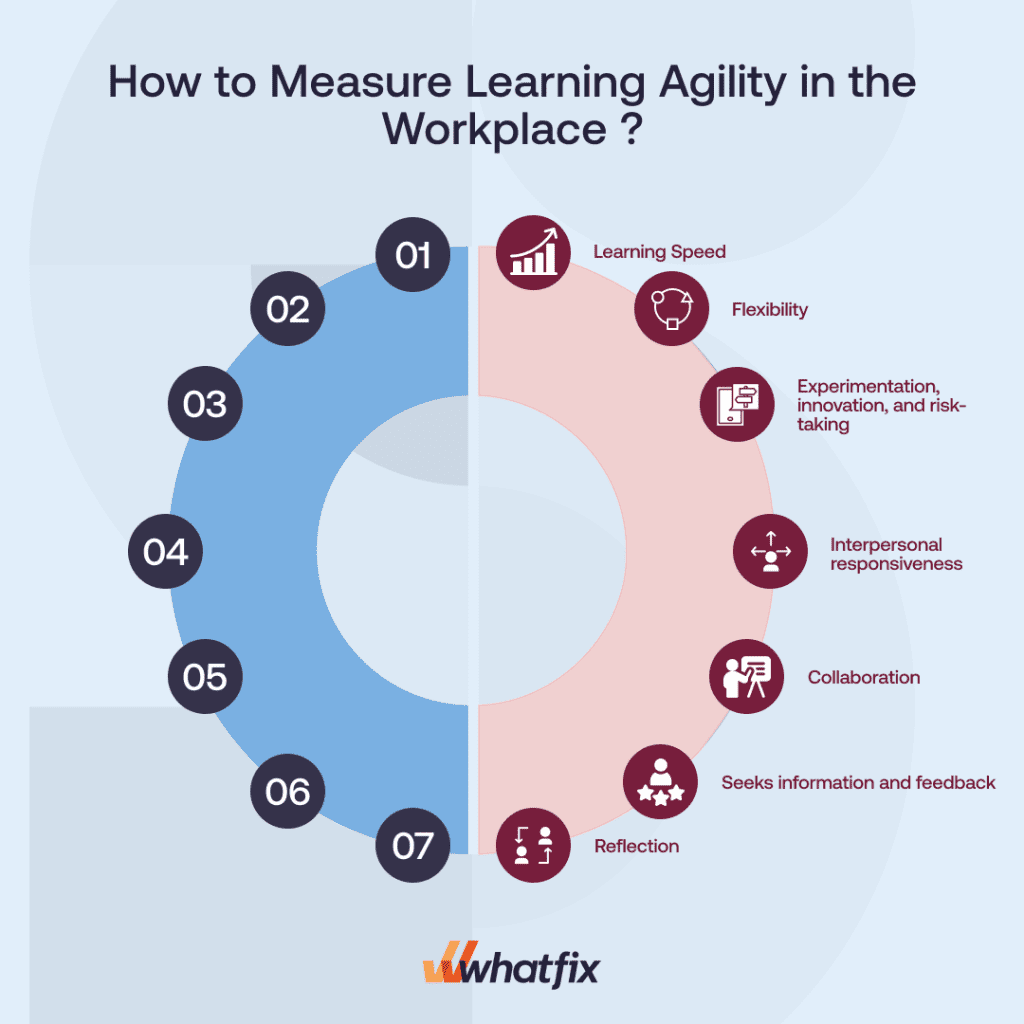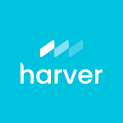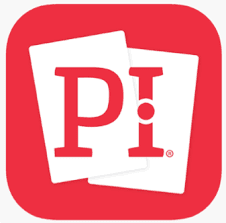
Levi Olmstead


L&D strategies require detailed planning, implementation, and analysis – as well as investments in L&D tools to support training initiatives.
However, many times the success of L&D initiatives hinges on intangibles, like how adaptive and agile your employees are.
What role does learning agility play in making the company more adaptive and innovative, and how do L&D teams foster a learning culture that enables d team member agility?
In this article, we’ll explore the importance of learning agility, exploring its benefits, key characteristics, and how it can be measured in the workplace.
Learning agility represents the ability to rapidly absorb new information, learn from experiences, and apply that learning to novel or challenging situations. It encapsulates qualities like adaptability, flexibility, curiosity, and proactive nature — often associated with high-potential leaders and influential team members.
People with high learning agility have a voracious appetite for knowledge, a desier to seek out and embrace new experiences, and the aptitude to apply past lessons learned to new situations. They’re the ones who thrive in an environment of uncertainty and constant change because they can learn, unlearn, and relearn as situations demand.
For businesses, learning agility predicts a team member’s success in a new role, responsibility, or project. A highly agile learner can take on a new project, quickly adapt, learn the ropes, and tackle challenges efficiently.
Incorporating learning agility into the organization’s culture is not only beneficial — it’s crucial for surviving (and thriving) in today’s ever-changing business landscape.
Enterprise L&D teams can unlock various benefits that drive training and development growth, as well as inspire innovation by nurturing learning agility. These benefits include:
Agile learners are typically more eclectic and diverse by nature, but many share these important characteristics:

Agile learners have a knack for making pivotal decisions with composure and certainty. They can swiftly process complicated information and excel at thinking on their feet. Imagine a project manager juggling a complex challenge of stringent deadlines, a downsized workforce, and a sudden surge in client demands.
In this scenario, an agile learner wouldn’t become rattled. Instead, they’d carefully reevaluate the situation, reallocate resources, renegotiate the project scope with the client, and devise a fresh strategy to complete the project within the desired timeframe.
This skill demonstrates their capacity to make sound decisions under pressure, while also highlighting their leadership abilities during tough times.
One of the key attributes of agile learners is not shying away from difficulties; they embrace them as stepping stones for growth and innovation. When a major technical issue threatens to disrupt a product launch, an agile learner on the team might see this as a chance to shine rather than an insurmountable hurdle.
They dive deep into the problem, examine various potential solutions, and develop a unique workaround that not only fixes the issue but also improves the overall product functionality. This outside-the-box thinking and innovative problem-solving mindset underline the value agile learners bring to roles that demand solutions.
Agile learners consistently look beyond their immediate surroundings. They have a sharp understanding of how their roles and actions interweave with the broader objectives of the organization.
Picture an HR manager tasked with rolling out a new recruitment process. An agile learner wouldn’t just aim to streamline the process for their department. Instead, they’d ensure the new system aligns with the broader business strategy, amplifies the company’s employer brand, and fosters a more diverse and inclusive organizational culture.
This big-picture approach allows agile learners to contribute significantly to a company’s long-term success.
A standout characteristic of agile learners is their willingness to adapt to change. This adaptability is especially valuable in roles requiring constant interaction with external entities, like customers or clients.
For instance, a customer service agent with high learning agility would excel at tweaking their approach to align with the ever-changing needs and expectations of different customers.
Here, the significance of comprehensive employee training programs becomes clear. Regular and thorough training equips these customer-facing employees with up-to-date customer service strategies and communication techniques. Your training should be agile, too, relying on adaptive learning platforms to ensure your training keeps pace with these adaptive employees.
This readies them to adapt more efficiently to market shifts and deliver a top-notch, tailored customer experience.
Agile learners show confidence when navigating uncharted waters. They welcome new experiences and aren’t unnerved by unfamiliarity. Imagine a leader managing a department they’ve never worked in before.
An agile learner would perceive this not as a stumbling block but as a thrilling chance for growth and learning. They would bring fresh insights to the team, ask probing questions, learn from their new colleagues, and use this experience to drive positive change within the department.
Agile learners have an incredible capacity for self-reflection and learning from past experiences. They consistently scrutinize their wins and losses, drawing valuable lessons and refining their strategies accordingly.
For instance, consider a seasoned sales rep noticing their once-winning sales pitch losing its effectiveness.
An agile learner in this role wouldn’t stubbornly cling to the old tactics. Instead, they’d reflect on this change, pinpoint the reasons for the dwindling success rate, and tweak their approach to resonate better with the current market and customer preferences.
These seven parameters will help you understand how fast and efficiently your employees can absorb and apply new knowledge:
Evaluating these facets in employees can provide a comprehensive picture of their learning agility. These insights can guide HR and management strategies, shaping recruitment, training, and talent development initiatives.
Tapping into the potential of learning agility within an organization isn’t just about acknowledging its significance: it demands concrete steps to nurture this trait among team members.
There are several tools and assessments designed to measure learning agility, such as the Learning Agility Indicator. This tool evaluates a person’s learning speed, adaptability, ability to deal with complexity, and interpersonal skills.
The Change Style Indicator is another good assessment that examines how an individual approaches change. Such assessments offer a structured way to measure learning agility and pinpoint areas for growth.
The adaptability of an organization is often a reflection of its workforce. So, during the recruitment phase, prioritize candidates who exhibit high learning agility.
This can be evaluated through behavioral interview questions to measure problem-solving capabilities, adaptability, and openness to feedback. Hiring adaptable individuals will not only boost your team’s learning agility but will also enhance your organization’s resilience and innovative capacity.
Agile learners understand that failures are a part of the learning process. Foster an environment where employees feel encouraged to take calculated risks and perceive failures as learning opportunities.
This approach, commonly known as “failing forward”, enables individuals and teams to adapt and grow more quickly. Holding regular debriefing sessions after the conclusion of projects, whether successful or not, can offer valuable lessons and opportunities for improvement.
Aim to nurture an organizational culture that sees change as an opportunity, encourages innovative thinking, and values continuous learning. This could be achieved by recognizing and rewarding innovative contributions, creating avenues for knowledge sharing, and fostering an open, feedback-friendly, inclusive workplace environment.
Organizations can support continuous learning by providing employees with regular upskilling and reskilling opportunities. This might include workshops, webinars, online courses, and hands-on training.
Workshops provide immersive and collaborative environments conducive to hands-on learning. Webinars and online courses offer flexibility, allowing learners to progress at their own pace and convenience. Hands-on training grants immediate applicability, enabling employees to apply newly-acquired skills in their work settings directly.
Here are the best learning agility software and tools, including review ratings, pricing, and a description of each platform and vendor.

Whatfix is a digital adoption platform that enables L&D teams with a no-code editor to create in-app guided learning experiences and provide self-help support to team members. With Whatfix, learning and training occur directly inside your digital applications and workflows, providing employees with contextual support that helps them learn in the flow of work.

With Whatfix, L&D teams can:

Harver is a cloud-based pre-employment assessment platform, designed to streamline and enhance hiring processes for companies of all sizes. It offers automated candidate matching, customizable and optimized candidate experiences, end-to-end automation with integrations, and video interview features. These features allow HR teams to automate much of the hiring process while also gaining deep insights into candidates’ skills, motivations, and potential fit within the team.
Harver features include:

EdApp is a mobile learning management system that offers a fresh take on eLearning. It provides an editable content library, integrated authoring, and a range of other features. The platform is designed to be intuitive and user-friendly, making it easy for teams to create, manage, and deliver educational content.
EdApp features include:

The Predictive Index is a comprehensive talent optimization platform designed to help businesses align their talent strategy with their overall business strategy. It enables businesses to make talent decisions based on hard data, covering everything from pre-hire evaluations to workforce planning and leadership development. It also offers a wealth of coaching and training resources, giving leaders the tools they need to guide their teams effectively.
The Predictive Index features include:
With a DAP like Whatfix, enable your employees with interactive guidance and self-help support to promote learning in the flow of work.
With Whatfix, create in-app tours, step-by-step flows, task lists, smart tips, pop-ups, field validations and more – all help to nudge your users to take the right action and adopt the right processes. Self Help provides on-demand self-support for your employees.
Software clicks better with Whatfix's digital adoption platform
Enable your employees with in-app guidance, self-help support, process changes alerts, pop-ups for department announcements, and field validations to improve data accuracy.
Thank you for subscribing!